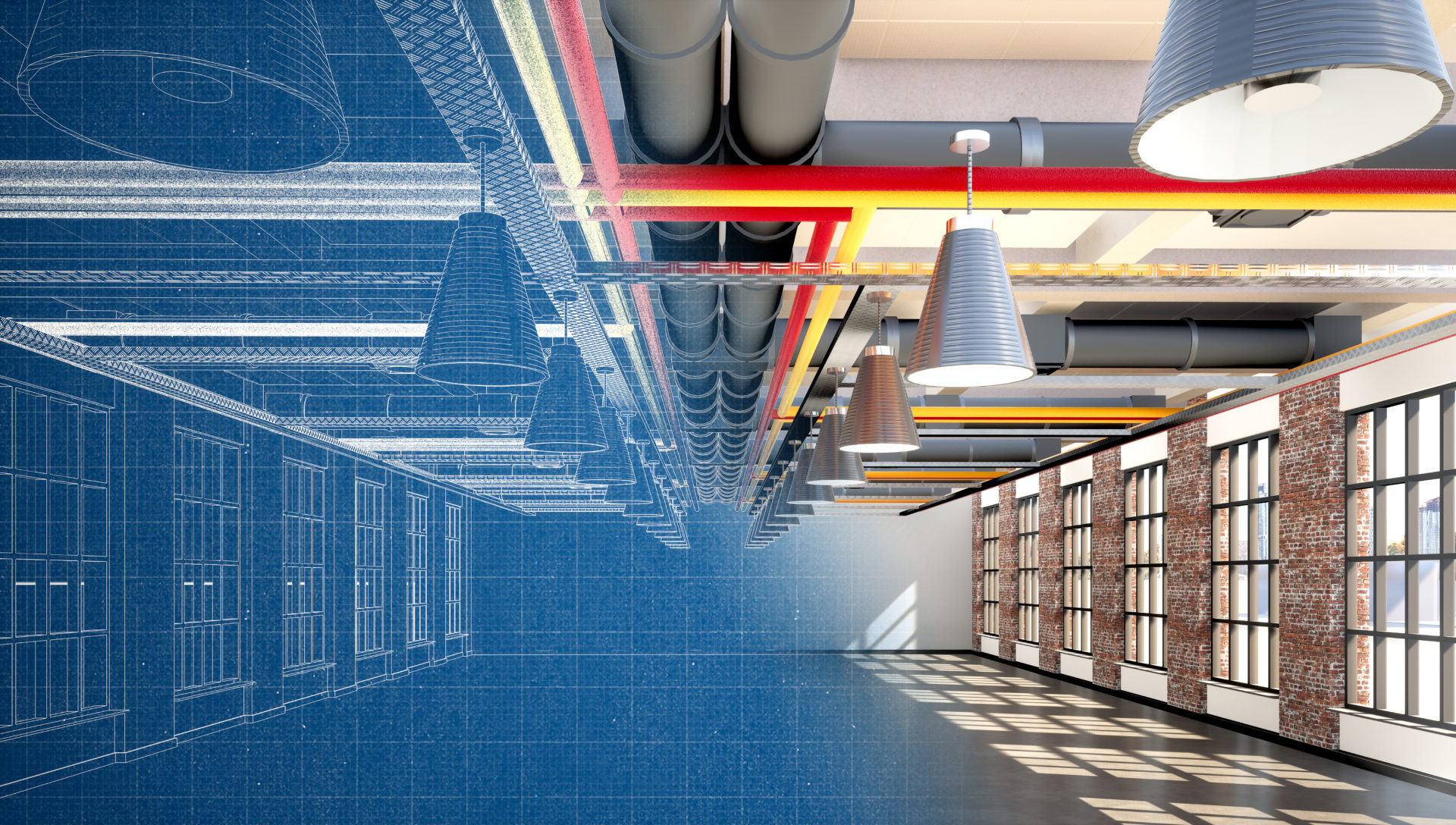Project Fact Sheet (April 2023)
Built assets are responsible for 50% of resource consumption, 36% of energy consumption and 38% of energy-related carbon emissions. This project aims to systematically investigate how digital twin (DT) and relevant technologies, e.g., IoT and artificial intelligence, can be adopted to manage built assets towards efficiency and sustainability. The expected outcomes include a digital twin platform that assists life cycle emissions analysis and reporting, as well as embedded AI-driven approaches to achieve operational efficiency and lower emissions of built assets. The beneficiaries comprise all relevant stakeholders, including government, clients, contractors and policy makers.
Objectives
There are three specific objectives based on the aforementioned specific industry needs:
- To assess the definitions and levels of DT for stakeholders with various needs in various life cycle stages of built assets. This may include: 1) the use of DT as virtual replicas of built assets, 2) the use of digital models for effective asset management, and 3) the inclusion of IoT ecosystem for smart asset management. This can further support the identification of resources and strategies for industry partners to prepare for each level of DT implementation.
- To embed life cycle assessment (LCA) approach into digital twin (digital models with appropriate IoT sensors if required) to assess life cycle emissions of built assets, including housing, building and infrastructure assets. Evaluation of different design/construction/operation scenarios can then be obtained.
- To demonstrate how digital twin and relevant AI technologies, including LiDAR and linked data, can help achieve automatic and informed decision making in post-construction phases of built assets, e.g. operational and maintenance phases.
Industry Outcomes
The costs of operating and maintaining an asset in any sector can ultimately be many times the initial capital cost. This project will enable:
- Better provision and use of life cycle asset information in a digital engineering platform.
- This in turn will support identifying ways of achieving net zero carbon emissions and decreasing the cost of operation and maintenance, and of improving the return on investment of asset management.
Documents for Downloading
The following documents provide additional detail regarding this current research, including project outcomes to date:
Fact Sheet
Smarter and greener built assets through digitalisation and AI (April 2o23)



